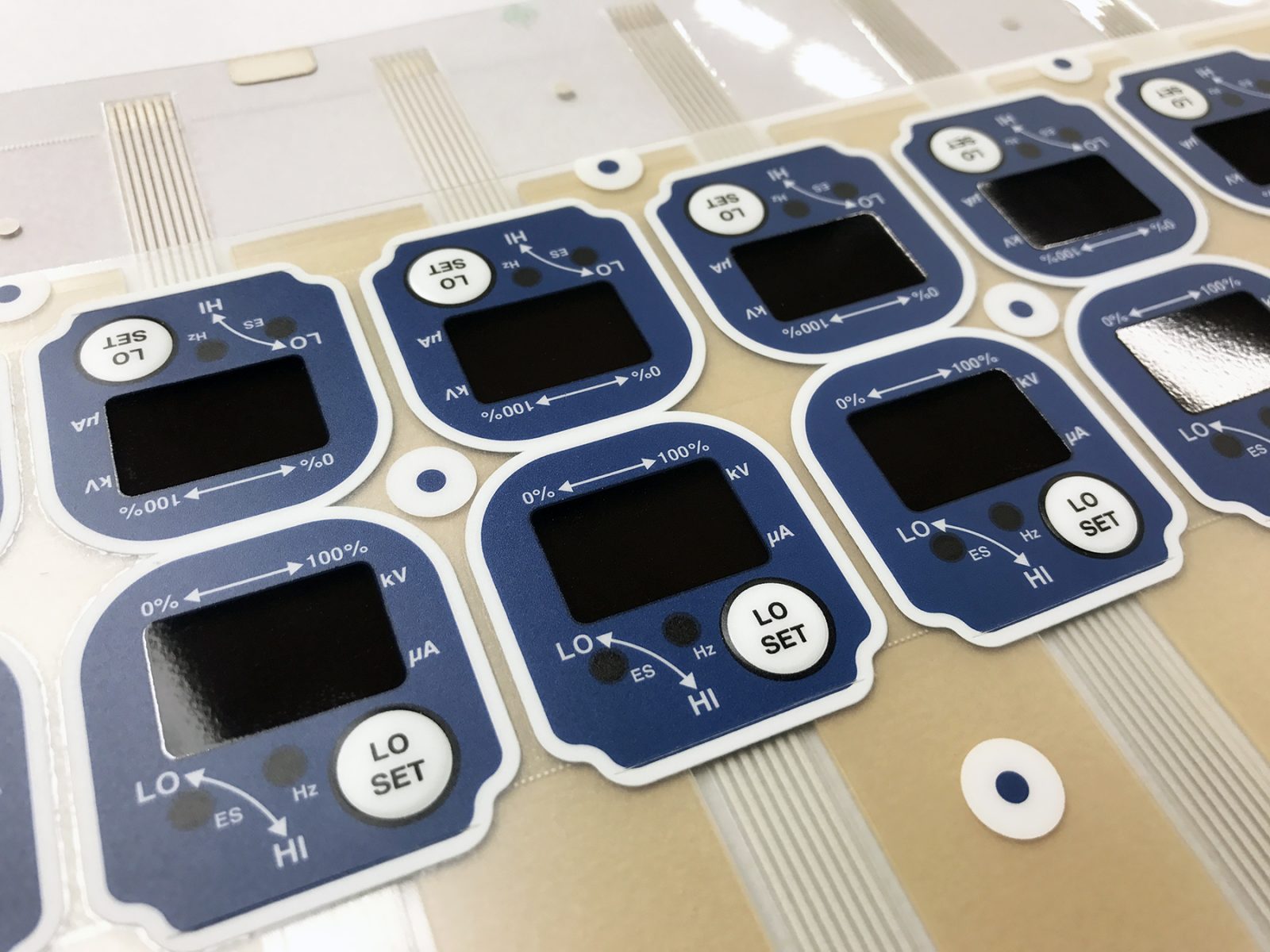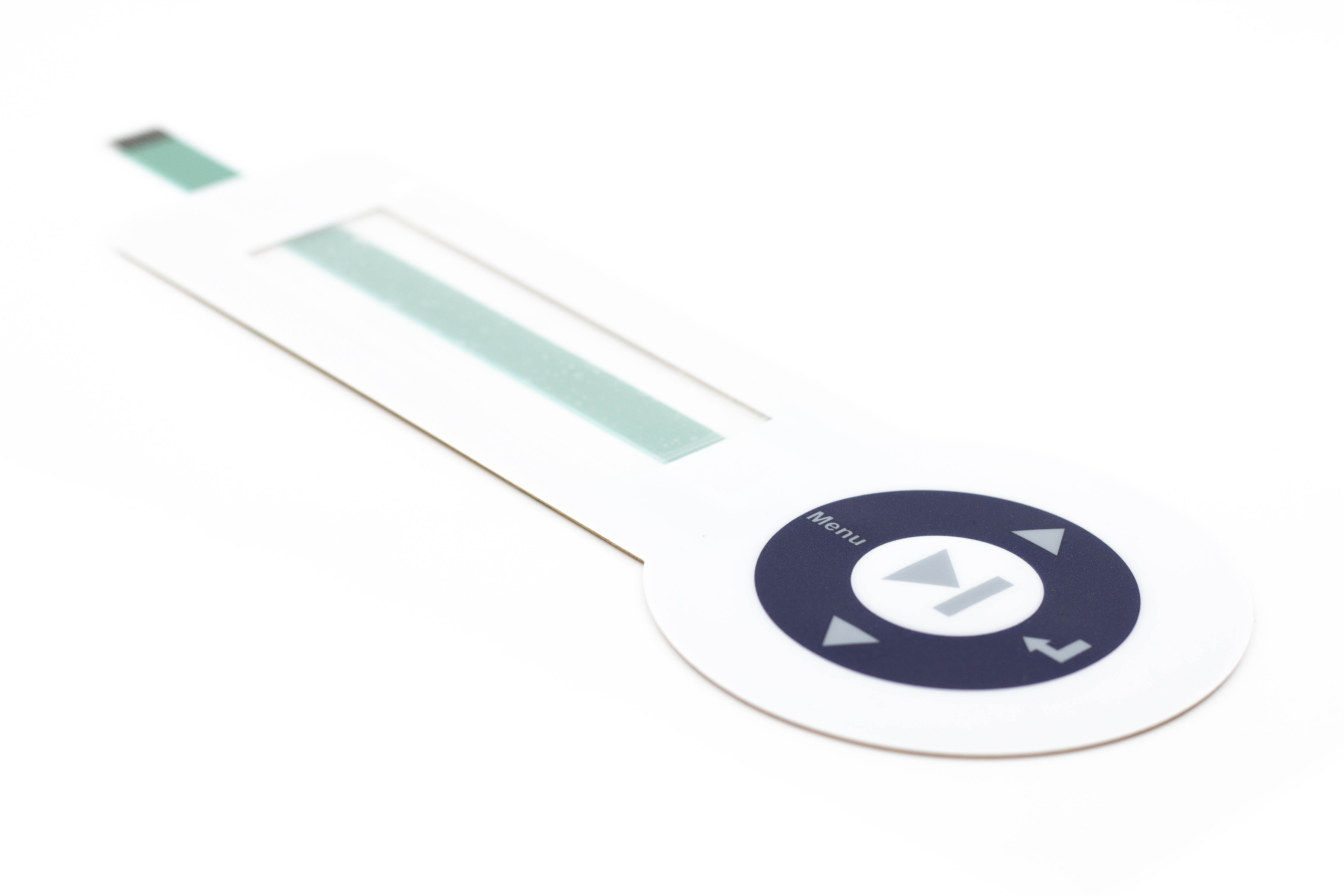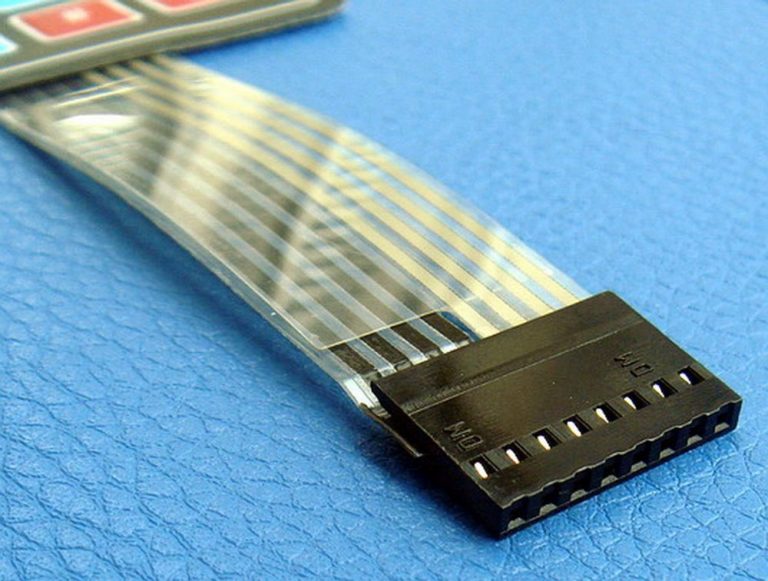Top Applications for Membrane Switches in Consumer Electronics
Top Applications for Membrane Switches in Consumer Electronics
Blog Article
Recognizing the Relevance of Membrane Switches in Individual Interfaces
Membrane buttons are important elements in the layout of efficient user interfaces, helping with not only capability yet also improving aesthetic charm and individual interaction. As we check out the future patterns and numerous advantages linked with Membrane modern technology, it comes to be clear that these switches are more than simply parts; they represent a convergence of innovation and practicality.
What Are Membrane Buttons?

The spacer layer, which has glue residential properties, enables for the splitting up of the circuit layer from the overlay, ensuring that the switch continues to be in a non-activated state up until pressed. When stress is put on the overlay, it presses the spacer layer, bridging the void and finishing the circuit in the underlying layer. This design not only decreases the physical space needed for standard mechanical switches however additionally boosts the sturdiness of the gadget, as Membrane buttons are generally immune to dust, wetness, and other environmental factors.
Frequently found in applications varying from customer electronic devices to medical gadgets, Membrane buttons are important to modern-day technology, offering a reliable and user-friendly interface that aligns with modern design demands.
Advantages of Membrane Switches
While various button innovations exist, Membrane Switches deal distinctive benefits that make them especially preferable in different applications. One of the key benefits of Membrane switches is their small layout, which enables space-saving applications in gadgets where realty is limited. Their slim account not only improves aesthetic allure but also helps with light-weight construction.
One more significant benefit is their resistance to environmental elements. Membrane buttons are commonly secured versus dampness, dust, and pollutants, making them perfect for usage sought after settings, such as clinical gadgets and commercial devices. This sturdiness expands the life-span of the button, reducing maintenance costs and enhancing integrity.
Moreover, Membrane buttons can be personalized to satisfy details design needs, incorporating distinct graphics and shades that improve customer communication. Their responsive comments alternatives can also be customized to provide a satisfying customer experience. Furthermore, Membrane buttons are affordable, especially in high-volume applications, as they can be generated effectively.
Applications in Various Industries

In the customer electronics industry, Membrane buttons are widespread in tools such as microwaves, washing equipments, and push-button controls. Their tactile responses and aesthetic choices boost customer experience while giving a sleek, modern look. In addition, auto manufacturers use Membrane buttons in dashboard controls and infomercial systems, where space is restricted, and customer involvement is critical.
Furthermore, the industrial market leverages Membrane switches in control panels for equipment and tools, permitting user-friendly operation in typically extreme atmospheres. Their resistance to chemicals and wetness makes certain durability and dependability in these applications. Overall, the adaptability of Membrane Switches adds dramatically to their extensive use, making them indispensable in various technological domain names.
Layout Considerations for Membrane Switches

When developing Membrane buttons, several vital factors to consider need to be taken into account to make certain ideal functionality and user experience. First of all, the choice of materials is important; choosing resilient, premium substratums can boost the button's long life and resistance to environmental variables such as moisture and temperature level fluctuations.
Second of all, the style of the visuals overlay should focus on clarity and convenience of use. Icons and message need to be legible, and the layout ought to assist in user-friendly communication (membrane switches). Additionally, responsive feedback is crucial; integrating a responsive dome or various other mechanisms can enhance look at more info the user experience by supplying physical verification of activation
An additional important element is the switch's electrical performance. Designers need to make certain that the conductive traces are appropriately designed to decrease resistance and stay clear of signal disturbance. This entails examining the needed actuation pressure and making certain compatibility with the digital components they will user interface with.

Future Patterns in Membrane Technology
As technology remains to advancement, Membrane switches are poised to advance dramatically, continue reading this driven by innovations in materials and producing techniques. One emerging pattern is the incorporation of innovative materials, such as conductive inks and adaptable substratums, which improve sturdiness and minimize the overall weight of Membrane switches. These materials not just boost the responsive reaction but likewise permit the style of buttons that can endure harsher ecological problems.
In addition, the integration of touch-sensitive technologies is changing standard Membrane Switches into more interactive individual interfaces. Capacitive touch sensing units installed within Membrane button panels can give a much more intuitive and receptive user experience, straightening with the growing demand for streamlined, modern designs in customer electronics.
Furthermore, advancements in printing methods, such as electronic and 3D printing, make it possible for quick prototyping and modification of Membrane buttons. This versatility allows makers to react a lot more quickly to market demands and consumer preferences.
Finally, sustainability is becoming a significant emphasis, with manufacturers exploring green materials and procedures. As these patterns unravel, the future of Membrane modern technology promises improved functionality, aesthetic charm, and environmental responsibility, strengthening their role in advanced interface throughout numerous industries.
Conclusion
In conclusion, Membrane Switches stand for a crucial element in the design of customer interfaces, integrating capability with visual adaptability. As developments in innovation continue, the evolution of Membrane buttons is anticipated to further refine customer interfaces, driving innovation and boosting use in a progressively complicated technical landscape.
Membrane buttons are integral parts in the style of efficient customer interfaces, promoting not just capability yet likewise boosting aesthetic appeal and Get More Info customer interaction.Membrane Switches offer as an essential component in different individual interfaces, facilitating a seamless interaction between users and electronic devices.While many switch modern technologies exist, Membrane Switches offer unique advantages that make them particularly desirable in different applications.Additionally, Membrane switches can be tailored to fulfill certain layout needs, integrating unique graphics and colors that boost customer interaction.In final thought, Membrane Switches stand for a crucial element in the design of user interfaces, incorporating capability with aesthetic adaptability.
Report this page